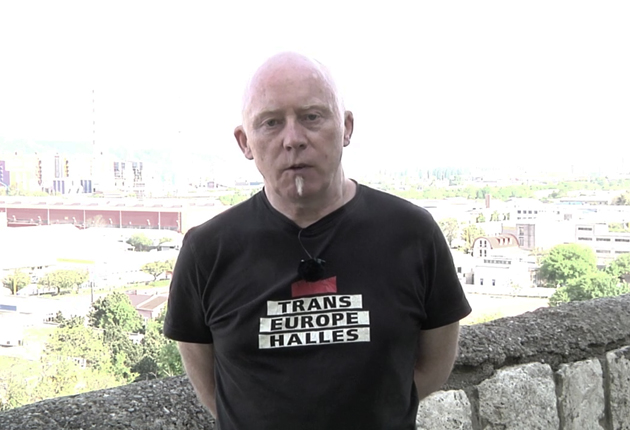Unfair distribution of cultural funding
Sandy Fitzgerald
The other thing is I am not so sure after many years of arts funding that the results have been particularly positive. I think a lot of people and I am talking about the Western Europe here now became dependent on arts funding. And it allowed I think a lot of things to happen and a lot of money to be wasted because nobody was really clear what the results might really be.
If you have the cultural funding then you can be very clear because you can set very clear targets and very clear aims regard your funding. In society you can set goals, you can invest, you can invest in quality of life issues, equality issues, minority issues, environmental issues. All of these things can benefit from cultural funding. It is not clear to me what is the outcome of arts funding.
And as I said before a lot of arts funding really went to middle to upper class communities of people anyway who already have a lot of resources and have a lot of possibility to pay for they own entertainment and their own arts if they wanted to. So it is like a subsidy by poor people for rich people.
For instance in Ireland now the vast majority of arts funding comes from the national lottery. The national lottery was set up to fund arts and to fund health. And so a lot of people buy lottery tickets, which is a form of tax really but the majority of the people who buy lottery tickets are from the poorer communities and the disadvantaged communities. Yet most of the subsidy goes into the arts funding for middle class and upper class people.
So if you look at that you could say that is an unfair tax. The people who are actually funding the art do not benefit from it. Because they do not go to the opera. They do not go to ballet. They do not go to the theatre. Yet they are funding all of these things for people who have money and could very well afford to pay for these things. It seems the resources are going in wrong direction, in the wrong place.
And the other thing is that a lot of the resources are also not going to what I would call the process. They are going to the product. They are going to looking at what the outcome is. But there are a lot of people who want to participate and young people who want to do things. And the process of doing that is as important as the product, the outcome. So the funding should be equally invested in process of doing it and the quality of the process, which is really about training, capacity building, empowering, evaluating what people are doing.
If you invest in process and it is a good investment then the product will come anyway at the end. But a lot of funding is focused on the product, on the outcome. It is focused on the piece of art or the show or whatever. It is not going into the process. And I think that officials, local authorities, governments, cities actually have an obligation and responsibility to invest in the process and therefore invest in people’s cultural development. And then over longer period there will be an outcome from that.
For instance in Sweden a lot of money was invested in music processes, in other word to rehearsal rooms, the recording rooms, touring, training, everything like that. And over the years they became the largest producer of music in Europe, which people probably do not know but they were the ones who produced most of the music. They were the big industry player. But they did that by investing in the process not by investing in product, not by investing in this musician for a tour or invest in a record. No, they invested in the education. They got in to the schools they. They got to the young people. Every locality and town had a music centre. They developed it from the very young age. And then when those kids grove up then they had the skills and they had the possibility to produce the music. And that is an example of how if you invest in infrastructure you actually down the line get the result.
Related fights
- Trial & Error
- Creative Industries sterilise creativity
- Urban vs Rural phenomenon
- Autonomy vs Institutionalisation
- Europe vs World
- Value of culture in the West
- Pressure of gentrification
- Measuring not only economic impact
- Role of Creative Industries in Europe
- Need for inter-sector cooperation
- Empty words?
- What is the difference between arts and culture?
- History of cultural industry
- Unfair distribution of cultural funding
- Downside of creativity
- At the end of neoliberalism
- Difference between art and the product
